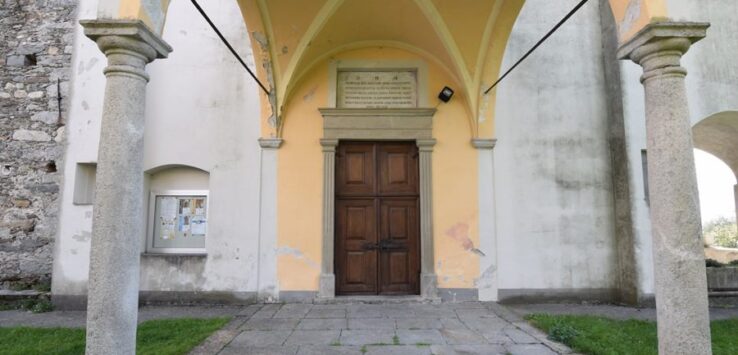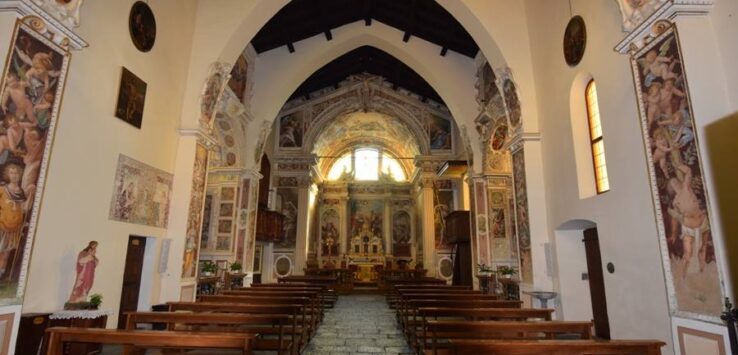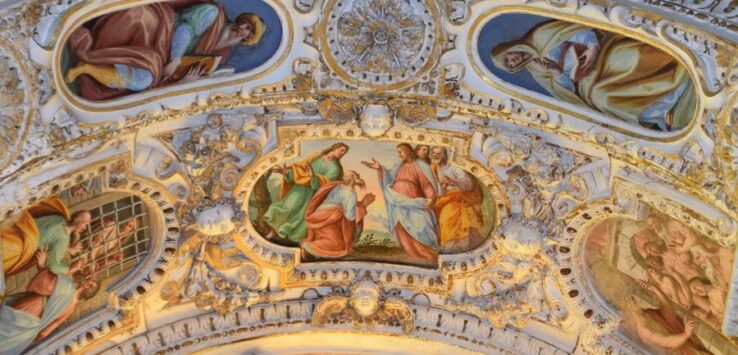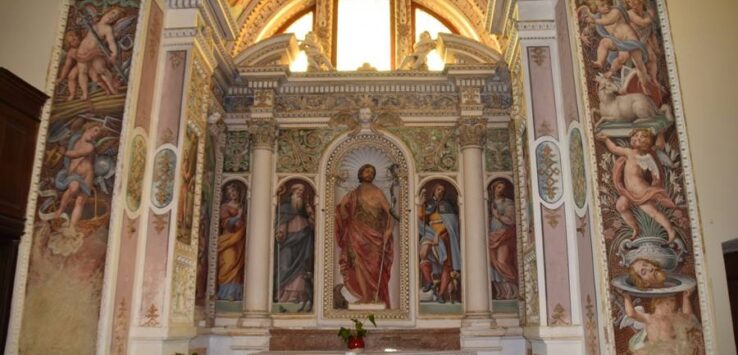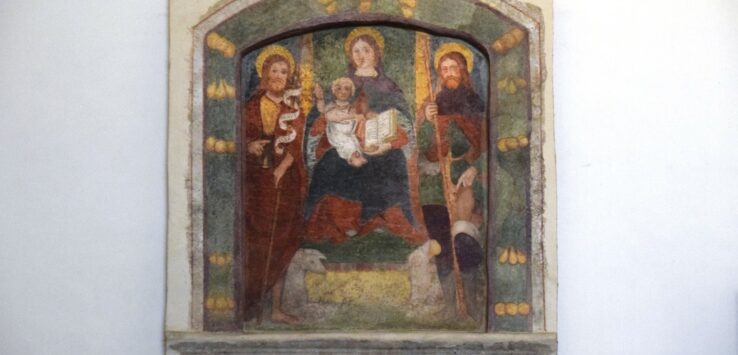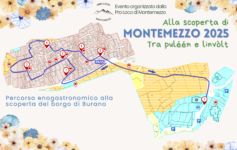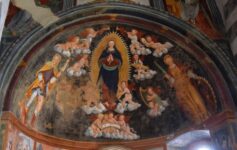If you love art – especially the art that speaks to the heart of the people – then a tour of the ancient churches on Lake Como is certain to feed your fancy. Many of the churches with the most expressive art are closed unless there is a Mass or celebration, or one is willing to hire a guide for a private showing. Today I visited the Church of San Giovanni Battista in Brenzio, near Gravedona.
I went back for two years and only found two Wall Madonna’s and a consistently closed Chiesa di San Giovanni Battista. This year I called my tour guide – and to my delight the 16th century Wall Madonna I could not find was in the church! It had been removed to preserve it. What luck!
Brenzio is not a town on anyone’s vacation itinerary. It is at the end of a steep and winding road above Lake Como and the town has long since seen better days – if those days were ever truly better. But I was taken to see the lovely town laundry fountain by my cousins and because of that …
I was moved to do some research on the village. I located a slim volume about the town online and learned two things – there were three fabulous Wall Madonna’s there and the small, non-descript church had paintings by Il Fiammenghino – Giovanni Mauro Della Rovere (1575-1540) and Isidoro Bianchi (1581-1662)! Wow!
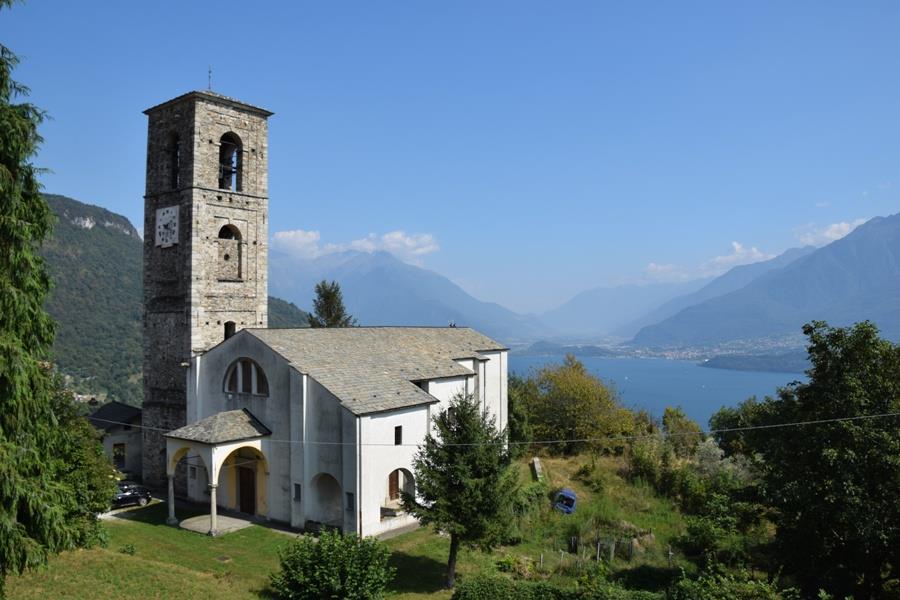
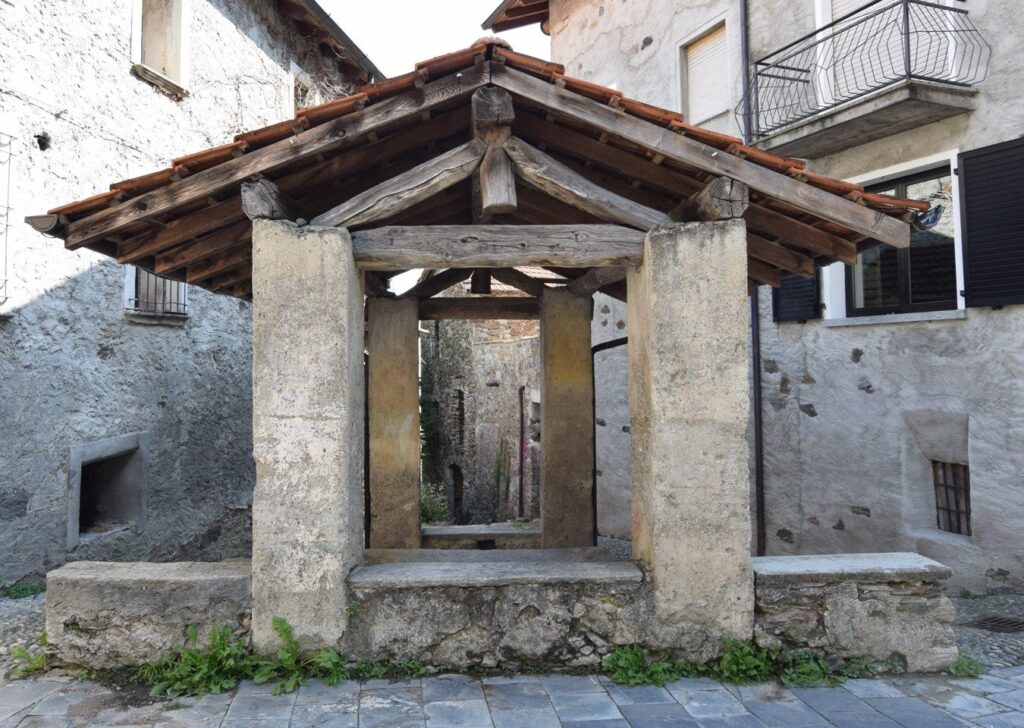
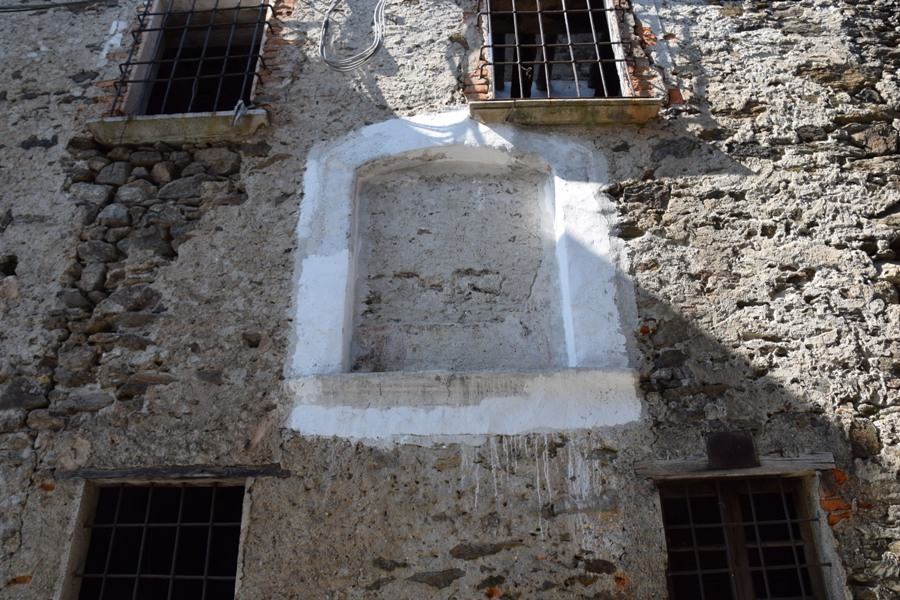
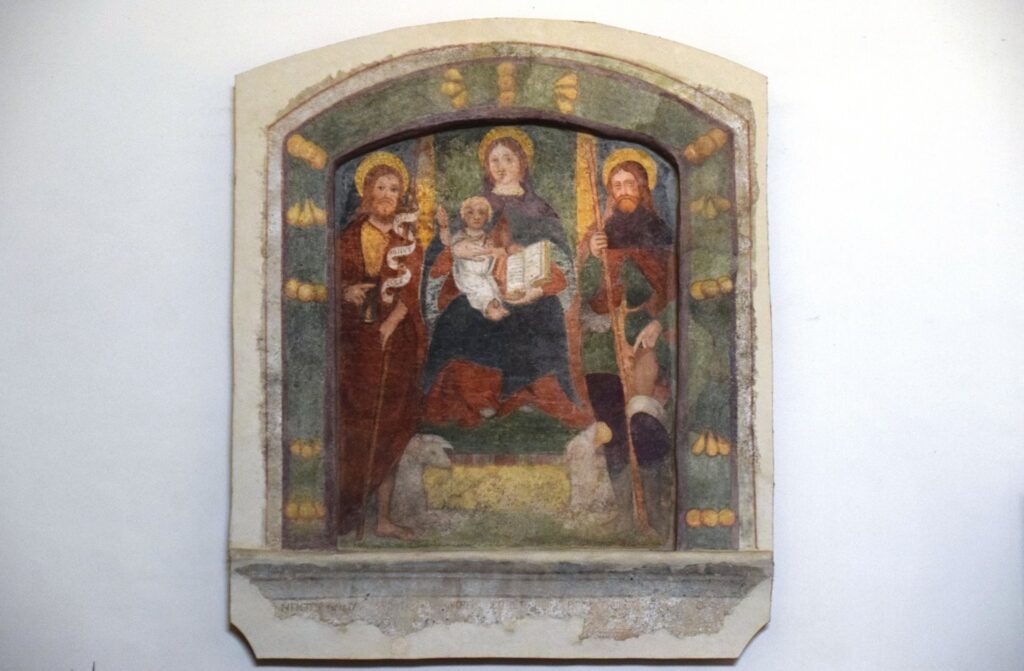
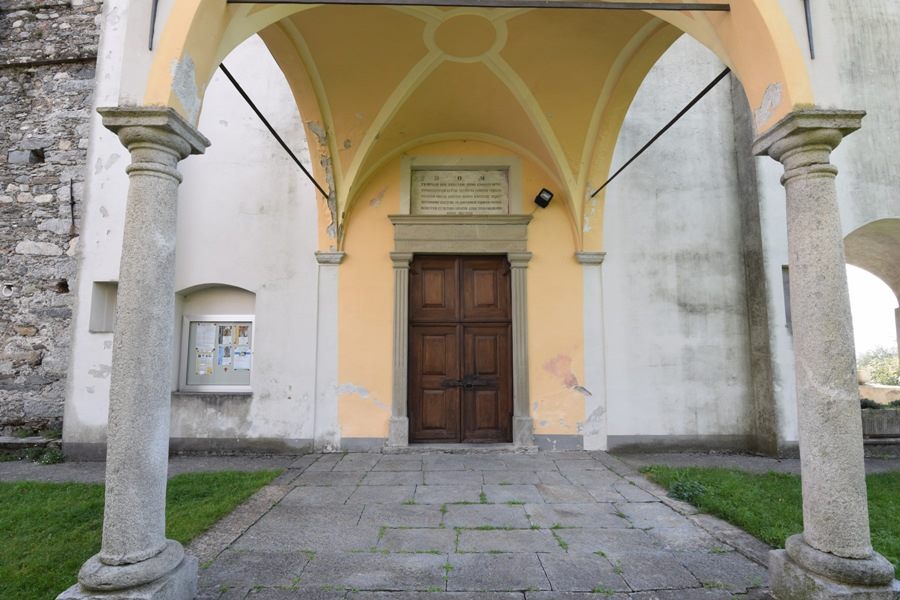
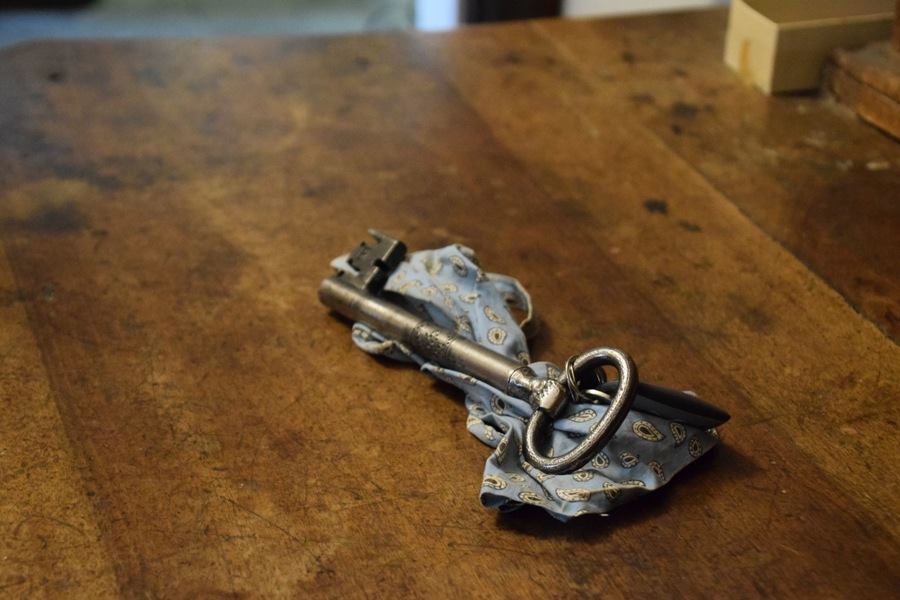
The parish – the formal administrative district of the mother church – established the Brenzio locality as a congregation in the 14th century. The Chiesa di San Giovanni Battista was built later in the 15th century. Artistic embellishments proceeded soon after paid for by the devoted locals. The large arch above the front altar was crafted by Isidoro Bianchi di Campione (1581-1662). The two side chapels were painted by the master – Il Fiamminghino – Giovanni Mauro Della Rovere (1575-1639).
As with a number of churches on the lake and in the surrounding mountains, the artwork of the more famous craftsmen was paid for by a society of Sicilian immigrants called Scolae Panormi – the Latin name for Palermo. This group hailed from the area originally – emigrated to Sicily for work – and then returned prosperous and grateful to their homes in the Lake Como area.
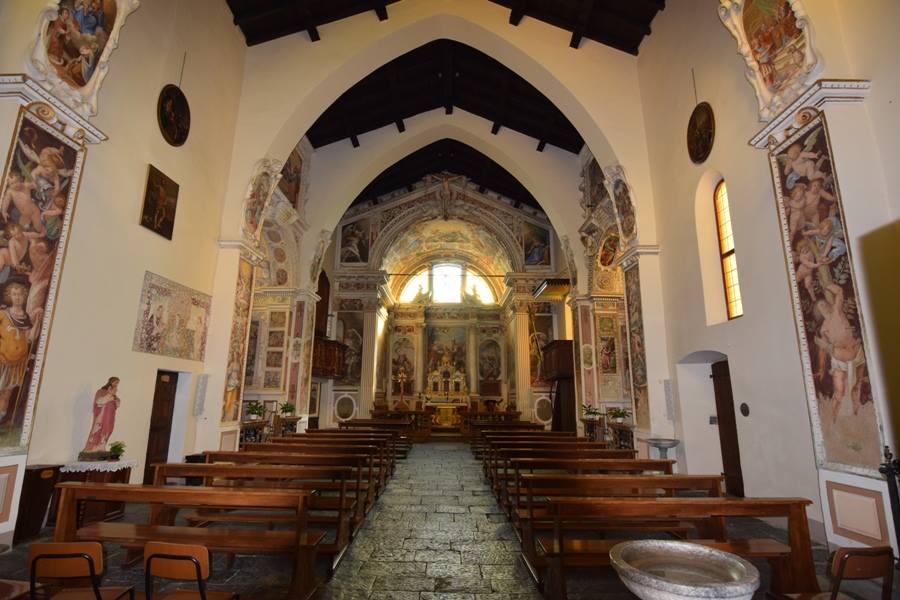
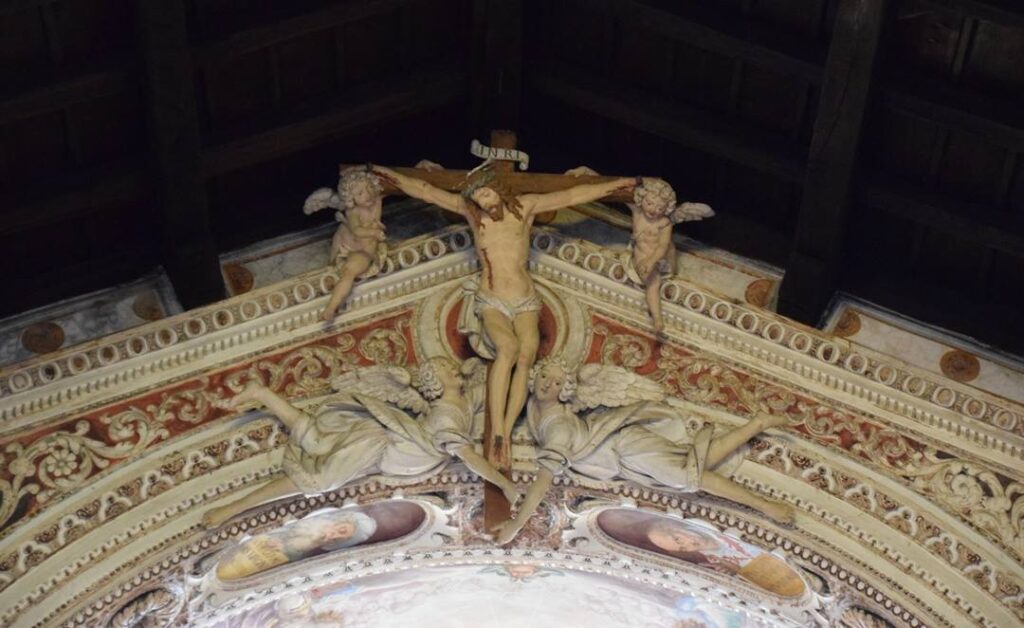
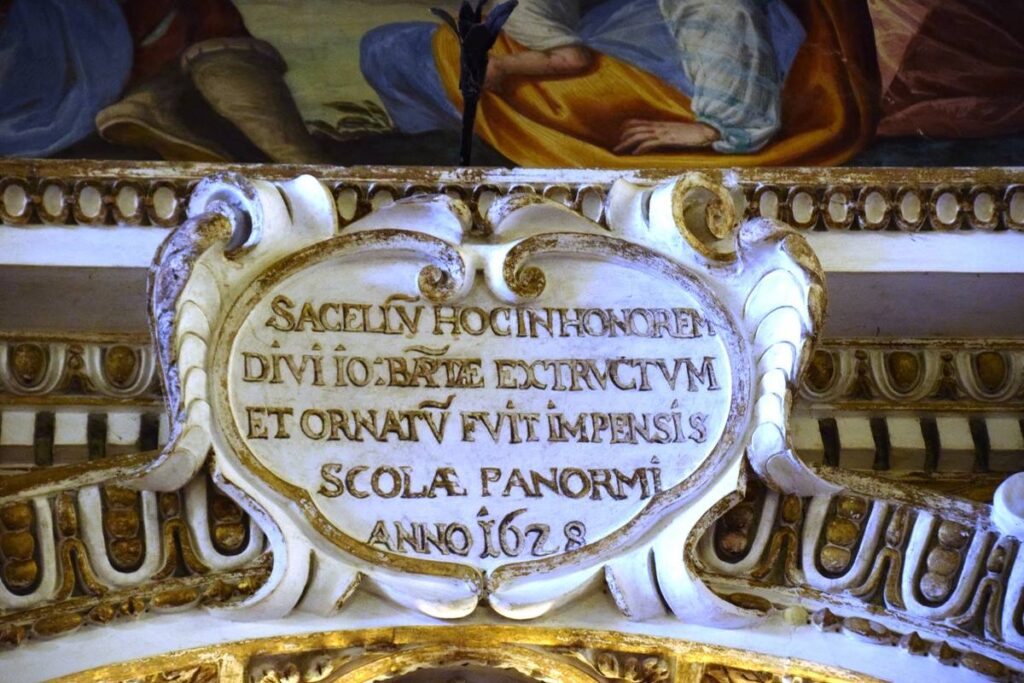
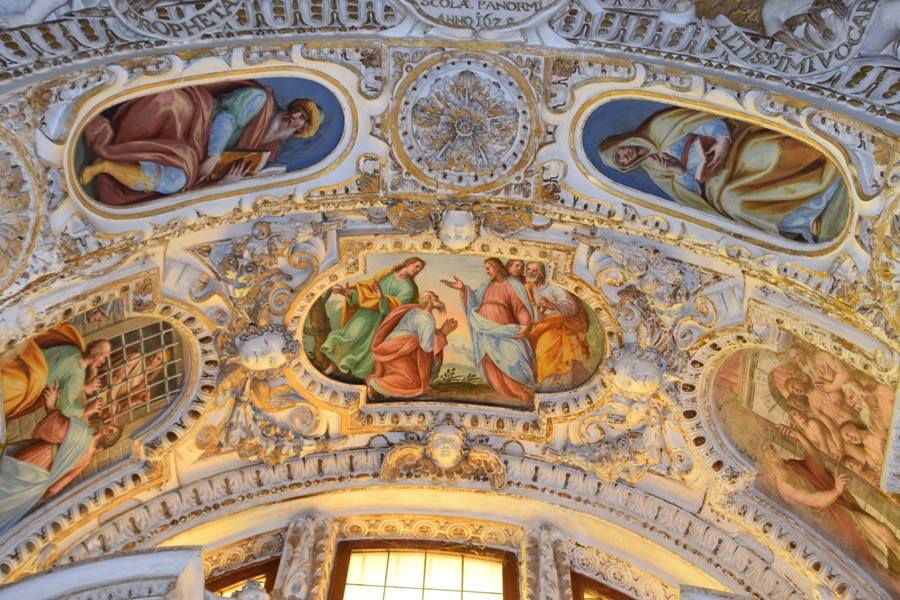
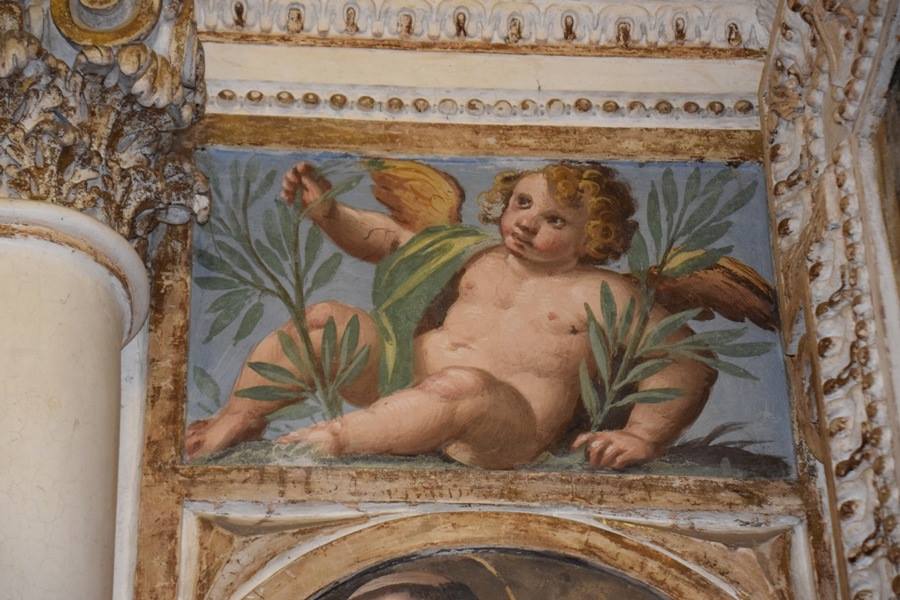
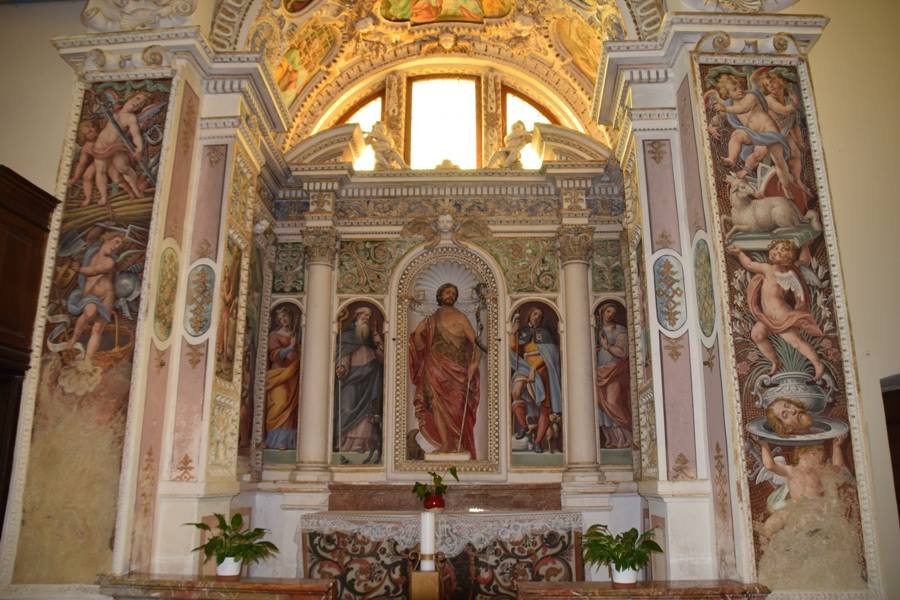
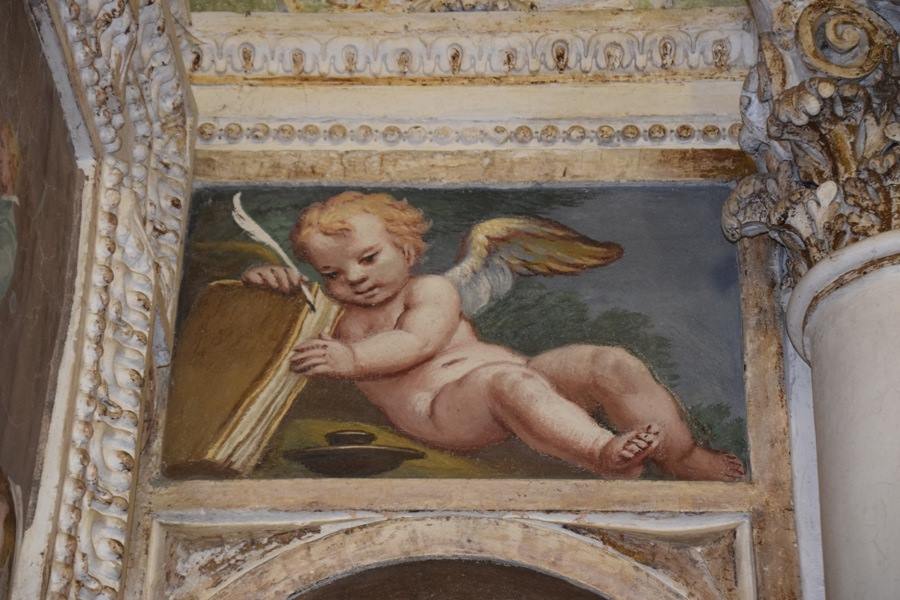

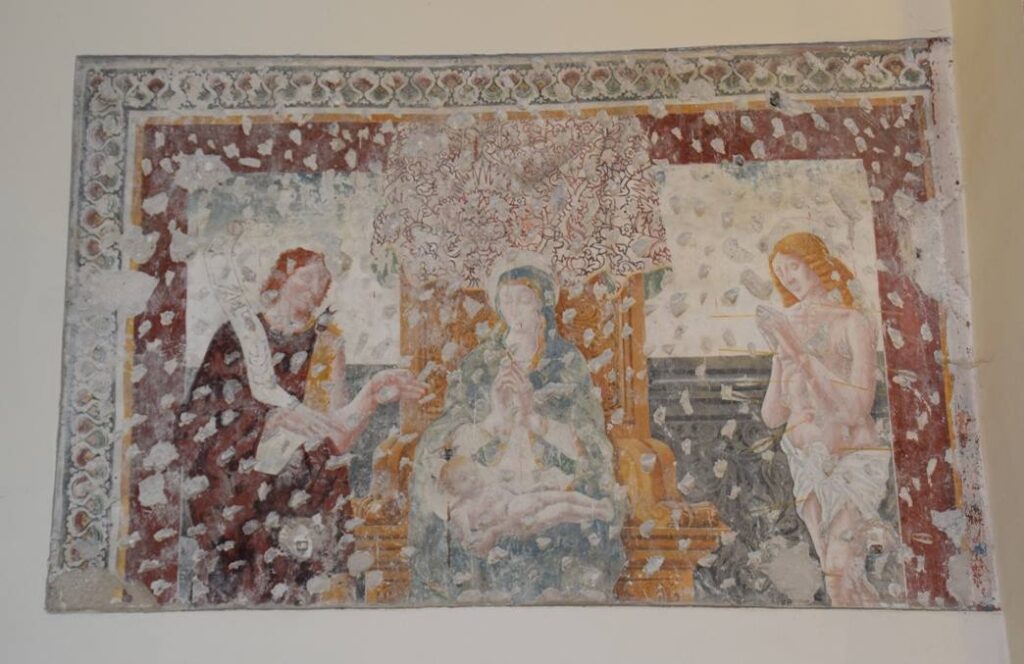
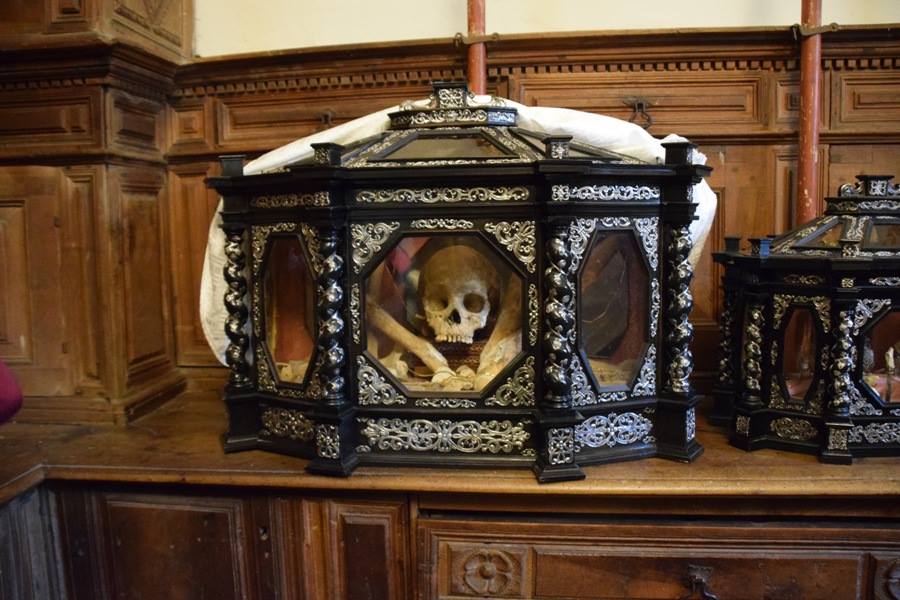
A tour of the lakeside churches of Lago di Como is a must. Their architecture and artwork speak the language of the people over the centuries. That they remain when other buildings are destroyed is testament to a culture bound to its religion and the expression of faith through its art and the spaces dedicated to ritual.
Much of the flavor of Italy is embodied in what is considered food for the soul. These churches are a feast!
Virginia Merlini

